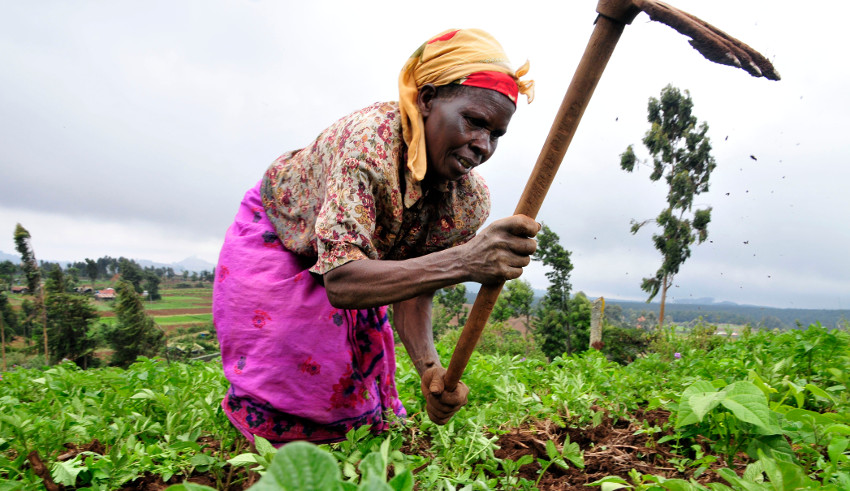
Biotechnology powers the food revolution alleviating world hunger. Efforts to provide clean water require chemists and engineers. And it’s impossible to adapt to climate change if climatologists aren’t monitoring it. An undercurrent of scientific research runs through most major challenges in the developing world, a fact reflected in the first draft of the new Sustainable Development Goals.
 The Sustainable Development Goals (SDGs) are the international community’s most ambitious effort ever to resolve the world’s greatest challenges and set a firm course for sustainable global development. They will pick up where the United Nations’ historic first-of- its-kind effort, the Millennium Development Goals (MDGs), leave off when they expire at the end of 2015. It is no exaggeration to say that the new goals could shape humanity’s future for the next century, or more.
The Sustainable Development Goals (SDGs) are the international community’s most ambitious effort ever to resolve the world’s greatest challenges and set a firm course for sustainable global development. They will pick up where the United Nations’ historic first-of- its-kind effort, the Millennium Development Goals (MDGs), leave off when they expire at the end of 2015. It is no exaggeration to say that the new goals could shape humanity’s future for the next century, or more.
As the end of 2015 approaches, they will continue to evolve as they are subject to intense scrutiny and international debate. Policymakers and others involved in the process will be looking to get the right number of goals, with clear language and effective metrics for measuring progress. But there are two related issues of concern for many experts: Though science is relevant to many of the goals, scientists' voices may be underrepresented. And while the world’s developing nations will be a focus of the goals, they often lack the scientific capacity to be full partners in the process.
“I’m not sure that science anywhere is involved enough in the goal-setting process,” said Mark Stafford Smith, the Science Committee chair for Future Earth, an international initiative to coordinate global sustainability research. “The goals in the end are political decisions, but their construction and their feasibility can be greatly informed by research.”
The stakes for science and technology are high, because the finished goals will serve as a framework for global research and funding over the next 15 years and beyond. The stakes for humanity are high, too, and that will mean intense engagement and sometimes conflict as scientists and their allies press to make sure that science-related goals are shaped by strong research and data.
A worldwide mission
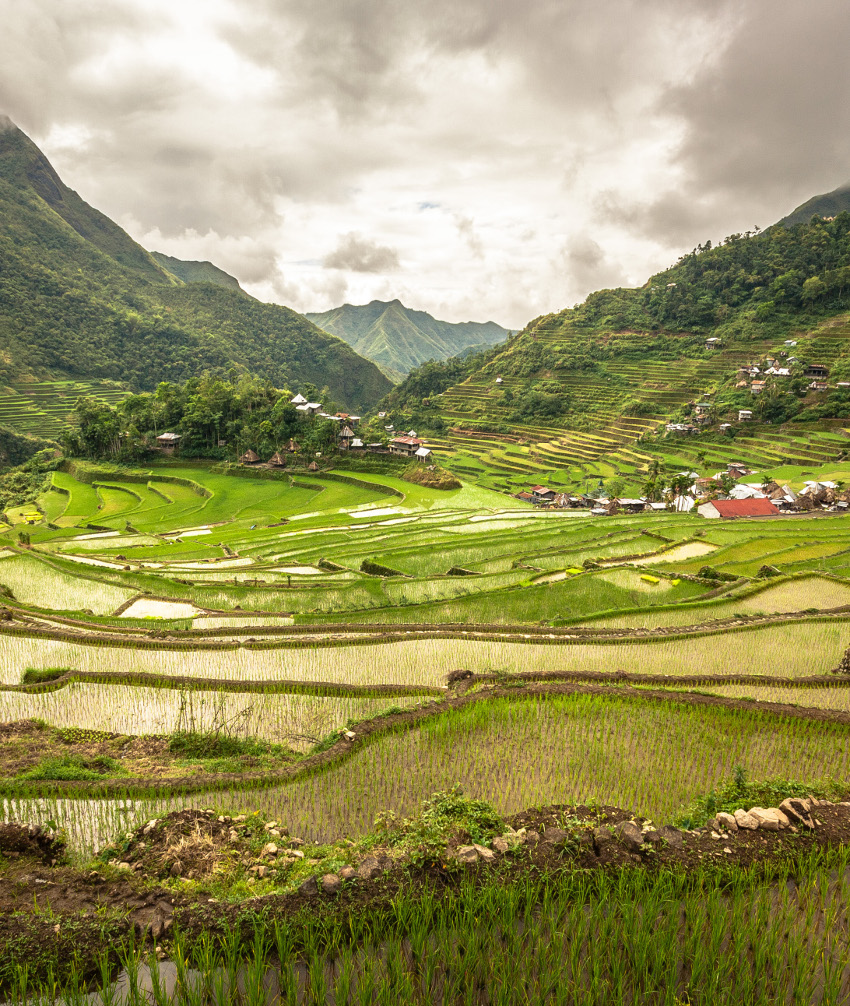 The global goal-setting effort grew from a series of world conferences in the 1990s and formally began in September 2000, when the United Nations gathered for the Millennium Summit in New York City.
The global goal-setting effort grew from a series of world conferences in the 1990s and formally began in September 2000, when the United Nations gathered for the Millennium Summit in New York City.
Focusing largely on a long-term effort to end poverty, world leaders established eight global development targets. They came to be known as the MDGs, with goals ranging from eliminating hunger to reducing child mortality and providing universal primary education.
In the years that followed, the world saw progress toward the goals, especially in emerging nations such as China, India and Brazil and other fast-rising Asian and Latin American countries. But in many of the world’s least- developed countries, progress was more slow.
At the 2012 United Nations Conference on Sustainable Development in Rio de Janeiro, Brazil, world leaders produced a document called “The Future We Want.” That document called for a sequel, the SDGs, to slide into place when the MDGs expire at the end of 2015. In July 2014, the 30-member Open Working Group of the UN General Assembly completed a 17-goal draft for the SDGs. After one more year of debate and revisions, the UN General Assembly expects to adopt the SDGs in September 2015 with a target year of 2030.
Among the 17 draft goals, five have a clear bearing on the environment: protecting ecosystems and biodiversity; combating climate change; conserving the world’s oceans; ensuring sustainable energy for everyone; and providing water and sanitation to everyone. The draft’s goals also include eliminating poverty, ending hunger, providing universal secondary education and promoting economic growth.
Read more about the SDGs and their connection to science in the new issue of the TWAS Newsletter.
A stronger voice for science
Arguably, every goal in the SDG draft has a component related to science or social science. And if the goals are to succeed, scientists must participate. But in reports and interviews, a consensus emerges: Thus far, they haven’t been closely involved in the process.
What role should they have? Gisbert Glaser is a senior adviser to the International Council for Science (ICSU), a Paris-based organization of national and global science bodies that represents almost every nation on Earth. Scientists could lobby the policymakers, Glaser said in an interview, but many scientists are uncomfortable in that role. The alternative, he said, is more indirect: providing scientific information to goal-setters as they make decisions.
In Glaser’s view, the SDG draft’s social goals have better-defined targets than the environmental goals – and that, he says, is where the remaining negotiations must focus. But delegates shy away from including measurable environmental targets because it requires difficult trade-offs.
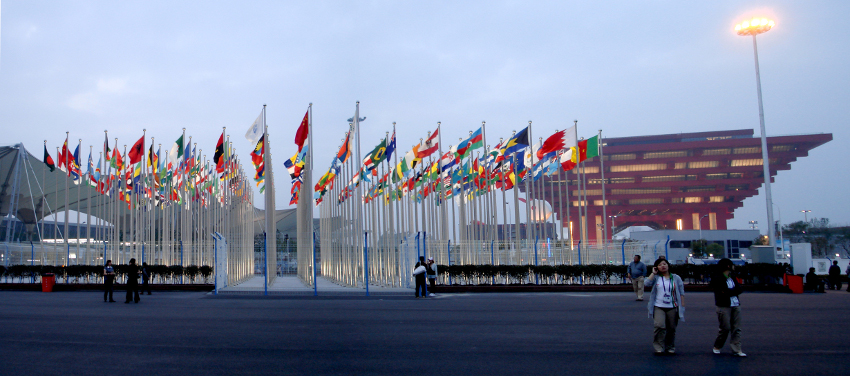 Perhaps the strongest example is energy and climate change. “Yes,” Glaser said, “we need to provide access to energy for all, but we need to do it in a way which minimizes the CO2 emissions linked to it, so that these two goals can work in concert.”
Perhaps the strongest example is energy and climate change. “Yes,” Glaser said, “we need to provide access to energy for all, but we need to do it in a way which minimizes the CO2 emissions linked to it, so that these two goals can work in concert.”
For the goals to have an effect on the ground, he added, they need the full cooperation from scientists also in the Least Developed Countries. “That’s where the scientific divide between the North and the South is a big problem,” he said. “This is something where TWAS has always been an excellent advocate and I think that is very important.”
TWAS has been a voice for the developing world in several high-level international meetings on how to shape the SDGs. In July 2014, TWAS Executive Director Romain Murenzi moderated “Charting Pathways for the Future We Want”, a panel that was part of a high-level UN dialogue on the costs of failing to create a sustainable future. In May, at the 17th session of the Commission on Science and Technology for Development in Geneva, Switzerland, Murenzi encouraged decision-makers to support an innovation ecosystem in which science can flourish and address local challenges.
“For example,” he told the Commission, “if we say that agricultural production is our goal, we are talking about a challenge that differs across continents, from region to region, sometimes village to village. Really, it is not one challenge, but hundreds. And so the primary need is for local and national expertise to address those problems.”
“The goals in the end are political decisions, but their construction and their feasibility can be greatly informed by research.”--Mark Stafford Smith
Foundations for improving society
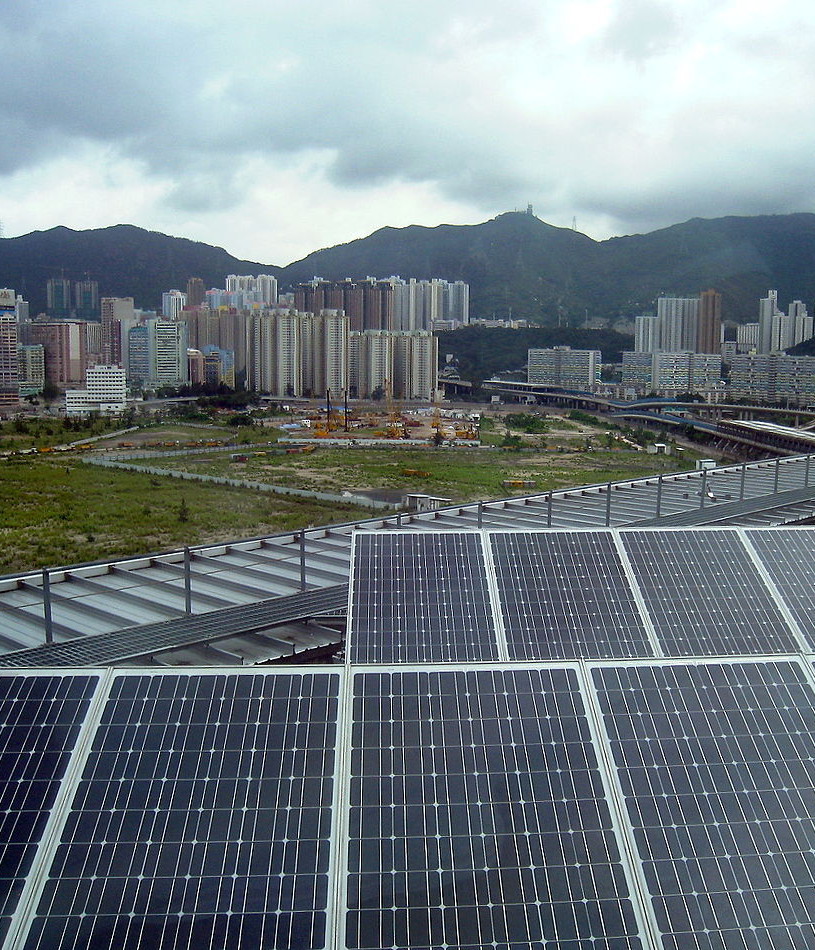 UNESCO statistics provide an example of a gap between targets outlined in the SDGs and the skills available to address them. Sub-Saharan Africa will need 2.5 million engineers and technicians to provide clean water and sanitation. But only 0.5% of even to have companies that do research and development, you need the human capital, and to have that human capital you need to educate people,” Casaburi said. “You need to have a group of highly qualified scientists that can teach a generation of other highly qualified individuals that will then do the research necessary to improve society.”
UNESCO statistics provide an example of a gap between targets outlined in the SDGs and the skills available to address them. Sub-Saharan Africa will need 2.5 million engineers and technicians to provide clean water and sanitation. But only 0.5% of even to have companies that do research and development, you need the human capital, and to have that human capital you need to educate people,” Casaburi said. “You need to have a group of highly qualified scientists that can teach a generation of other highly qualified individuals that will then do the research necessary to improve society.”
The Bank’s efforts differ country by country. In nations such as Brazil or Argentina, which already have scientific infrastructure in place, the Bank tries to steer them toward socially relevant research.
“But then the emphasis shifts when you go to Paraguay, which is the poorest of the countries in the Southern Cone,” he said. The Bank has helped Paraguay by backing the strengthening of its National Innovation System with a relatively small loan of USD9 million, which included setting up of a database of scientists. After six years, Paraguay had a way to contact all of its scientists, including Paraguayan expats living abroad. “You need to the world’s researchers live in the world’s least-developed countries, mostly nations in sub-Saharan Africa. To acquire these corps of skilled experts, developing countries need a massive surge of scientific expertise.
"You need to have a group of highly qualified scientists that can teach a generation of other highly qualified individuals."--Gabriel Casaburi
Among development experts, there’s a growing awareness that it’s important to grow expertise from the ground up, said Gabriel Casaburi, the lead specialist for the bank’s Competitiveness, Technology and Innovation Division at the Inter-American Development Bank and based in Argentina. In recent years, the Bank has increased its support for local university-level education in Latin America.
“Even to do mission-oriented research, or help them start building the innovation system that includes helping universities improve their graduate programs, and build laboratories, as well as helping private firms to learn to use the scientific system to innovate.”
And when the university structure grows, the pool of scientists that live in the nation who can be steered toward humanitarian research grows with it. Those scientists play an important role in development: gathering and interpreting data.
No data, no progress
Each goal outlined in the SDG draft is broad, applying a universal task to every nation in the world. But in individual developing countries, the path to sustainable development is not so clear-cut. Each country has a unique combination of problems that need to be pinpointed and tracked. Without that capability, decision-makers are blind to the best answers.
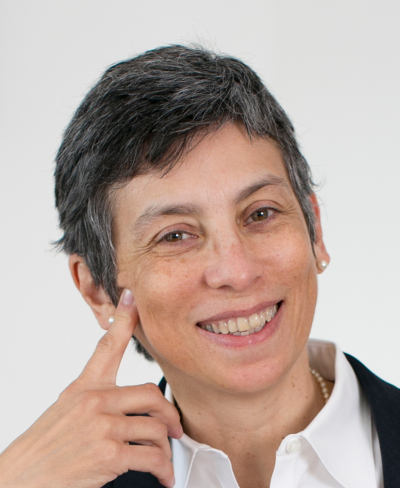 Gisella Orjeda, president of the National Council for Science, Technology and Technological Innovation (CONCYTEC) in Peru, said that having enough scientists living within a country makes all the difference between whether the country is developed or not. Issues such as malnutrition in children have many different causes, and when those causes arise, it takes scientists to study them, gather the data, reveal the cause and propose a solution.
Gisella Orjeda, president of the National Council for Science, Technology and Technological Innovation (CONCYTEC) in Peru, said that having enough scientists living within a country makes all the difference between whether the country is developed or not. Issues such as malnutrition in children have many different causes, and when those causes arise, it takes scientists to study them, gather the data, reveal the cause and propose a solution.
“If we make policies without evidence,” Orjeda said, “those policies will fail.”
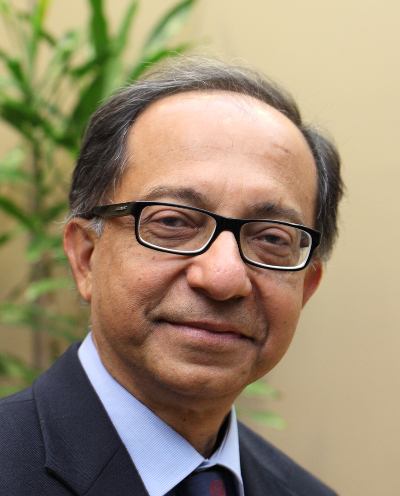 Without local and national data-collection and research, solutions to problems tend to get based on research from richer countries and thus imitate their practices, said TWAS Fellow Kaushik Basu of India, senior vice president and chief economist of the World Bank.
Without local and national data-collection and research, solutions to problems tend to get based on research from richer countries and thus imitate their practices, said TWAS Fellow Kaushik Basu of India, senior vice president and chief economist of the World Bank.
That’s a problem, Basu said. He offered an example from economics: Most policies for controlling inflation, through tactics such as managing interest rates, imitate what is done in the developed world. There is little independent research on inflation in developing countries, leaving those nations to apply solutions that often won’t fit each country’s unique situation.
“Unless you have a certain amount of research capacity in your region, you are handicapped,” Basu said. “There are times when you get a problem, that despite the best effort goes on and on and on in a developing country, and the medicine does not seem to work. It is likely that this is because the medicine is maladjusted for the context.”
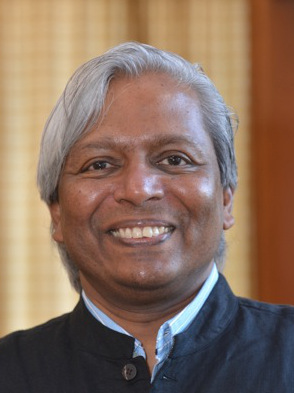 Data-collectors are needed even when simply delivering existing technologies, such as toilets, to where they are needed. Science is the feedback system that collects data in the field and informs decision-makers on whether their efforts are working, said Secretary of the Indian Department of Biotechnology Krishnaswamy VijayRaghavan.
Data-collectors are needed even when simply delivering existing technologies, such as toilets, to where they are needed. Science is the feedback system that collects data in the field and informs decision-makers on whether their efforts are working, said Secretary of the Indian Department of Biotechnology Krishnaswamy VijayRaghavan.
“Otherwise you end up putting the plumbing in place and expect everything will be fine forever,” said VijayRaghavan, a TWAS Fellow. “It never is.”
So where can developing countries get the scientists and engineers they need to gather the data that policymakers need to make
good judgments? The answer lies in the same force that has been advancing humanity for centuries: education.
Education: a window to the world
The MDGs aimed to make primary school available to all the world’s children by 2015, but globally, that goal is still far off. A UNESCO report released in January said 57 million children remain without schools and, at the current rate many still won’t have access until 2086.
Still, the SDGs are expanding on those efforts. In the SDGs draft, the fourth goal attempts to address education. It includes yet-unspecified targets for increasing the number of higher- education scholarships for information and computer technology, technical skills, engineering and science in developing countries.
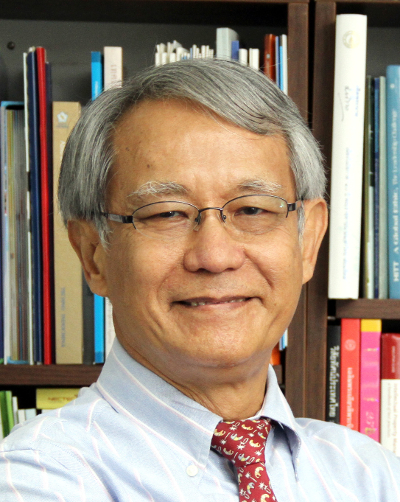 Yongyuth Yuthavong is Thailand’s former science minister, presently deputy prime minister and a TWAS Fellow who serves as vice president for East and Southeast Asia on the Academy’s Council. In his view, education must be the central goal. It is the main engine of development, Yuthavong said, because an educated society is better-equipped to address poverty, energy, and other challenges.
Yongyuth Yuthavong is Thailand’s former science minister, presently deputy prime minister and a TWAS Fellow who serves as vice president for East and Southeast Asia on the Academy’s Council. In his view, education must be the central goal. It is the main engine of development, Yuthavong said, because an educated society is better-equipped to address poverty, energy, and other challenges.
Education also serves a deeper purpose, he said, providing a country’s citizenry with scientific literacy, which provides a “window to the world” through which economies can select what to make, export and import. Education has driven technological growth in Taiwan, Singapore and other Asian nations such as Thailand, allowing them to develop faster.
Murenzi also emphasizes the importance of education and a network of PhDs to support sustainable development. Communities and nations must build a culture of science, he told the Geneva audience in May. “Just as the foundation gives support and shape to a building, so the culture of science can give strength to society.”
VijayRaghavan argued that decision-makers behind goal-setting efforts like the SDGs should use education to build acceptance for and understanding of science throughout society. After all, scientific discoveries and new technology matter most to people with the greatest need.
“Those are challenges decision-makers will have,” he said, “unless science is understood and accepted, and evidence-based decision making becomes second-nature to people.”
Sean Treacy
For more, read "A revolution comes of age" TWAS's story detailing the successes of the Millennium Development Goals.

